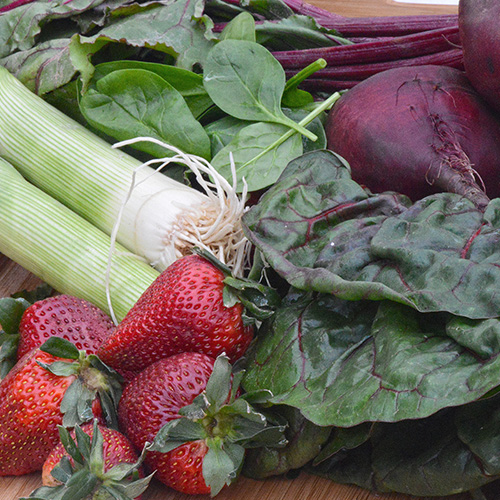Ileal brake is a primary negative feedback mechanism that controls rate at which food moves through the gut. It is a form of gut traffic control. It is also known as the distal ileus feedback mechanism. Anatomically, the small intestine is composed of the duodenum (1st part), jejunum (2nd part) and the ileum which is the terminal portion of the small intestine. The function of the brake is to ensure that the rate of transit of food in the gut is optimal for digestion and absorption of the nutrients. Naturally, only small amounts of undigested food reach the ileum. Exposure of ileum to lipids with resultant ileal fat perfusion is believed to trigger off or activate the brake mechanism. The result is a decrease in jejunal motility which directly results in decreased movement of the food. Peptide YY is one of the hormonal mediators of the ileal brake. Activation of the ileal brake results in decreased food intake and sensation of satiety. Surgical procedures that increase exposure of ileum to nutrients have been shown to cause weight loss.


